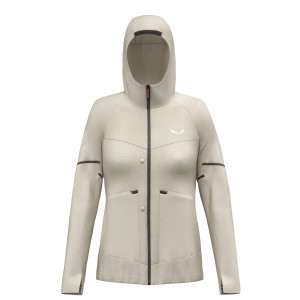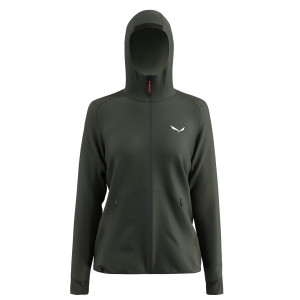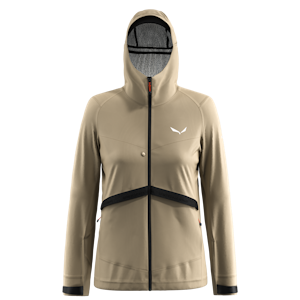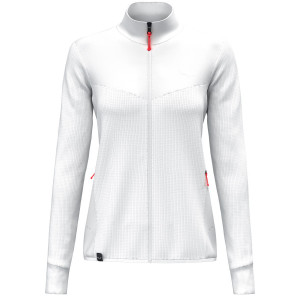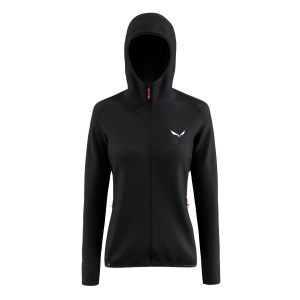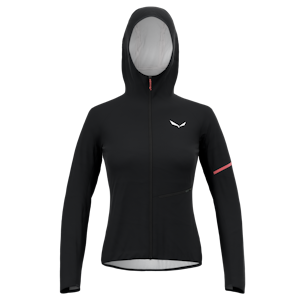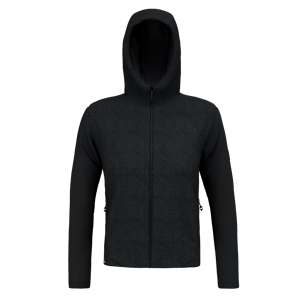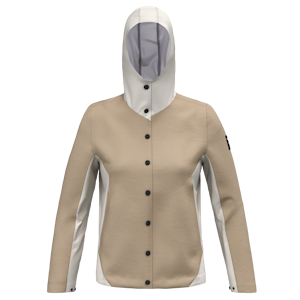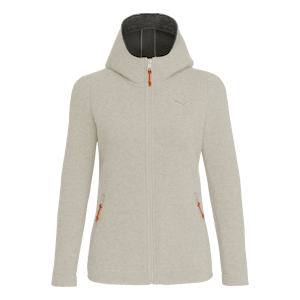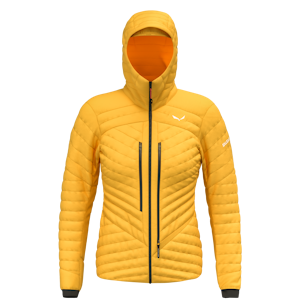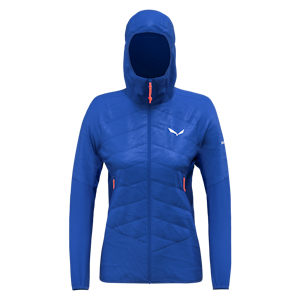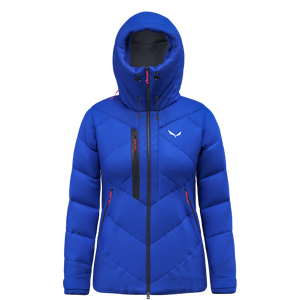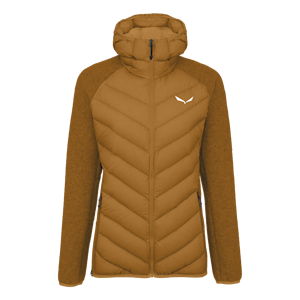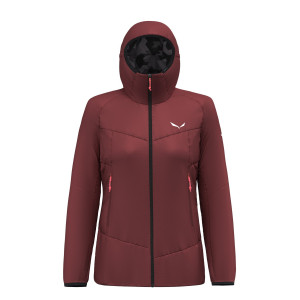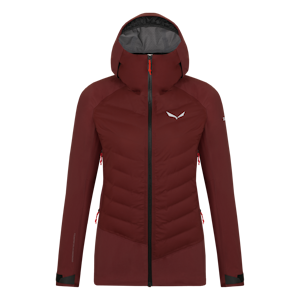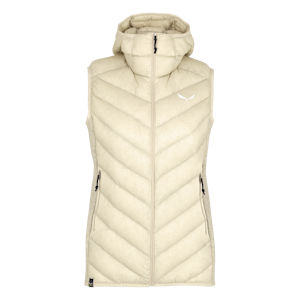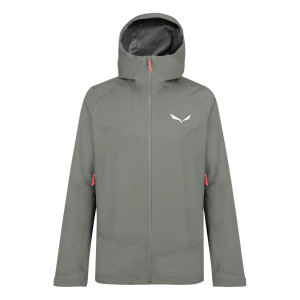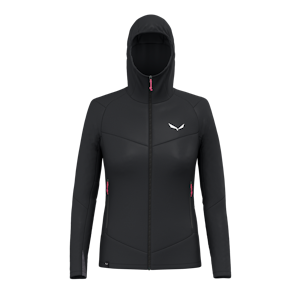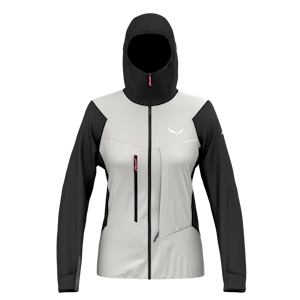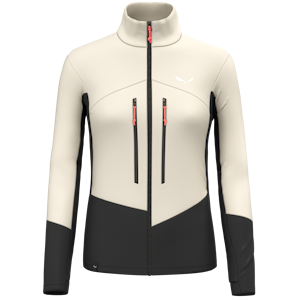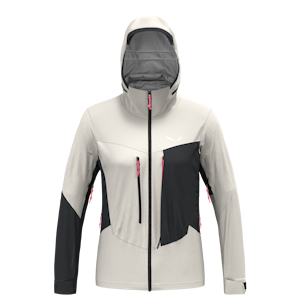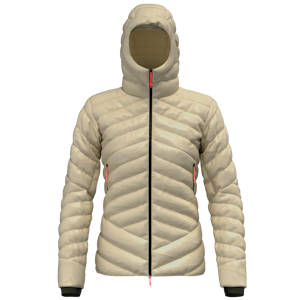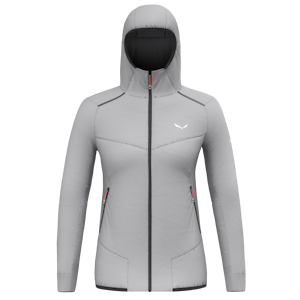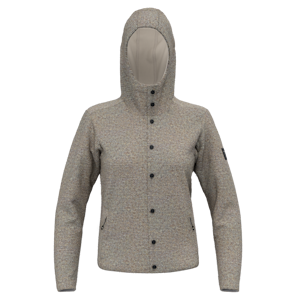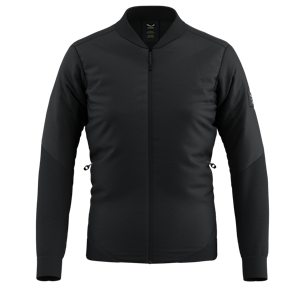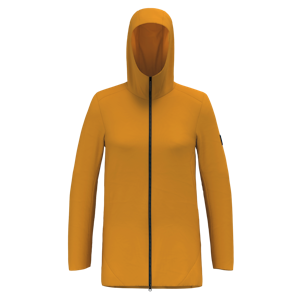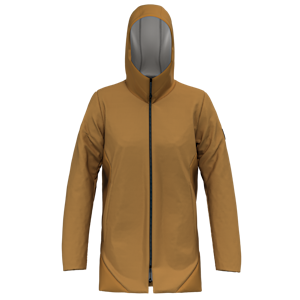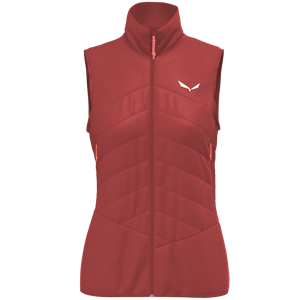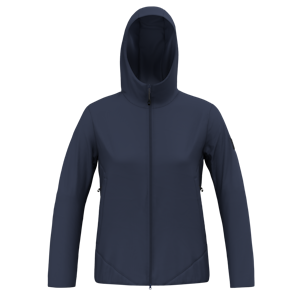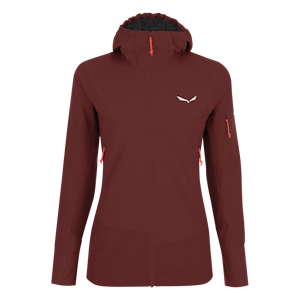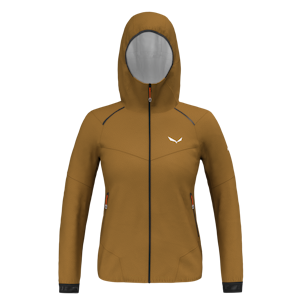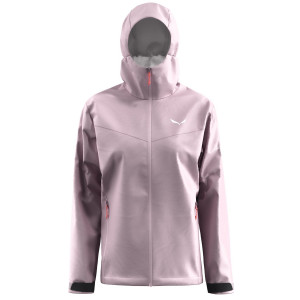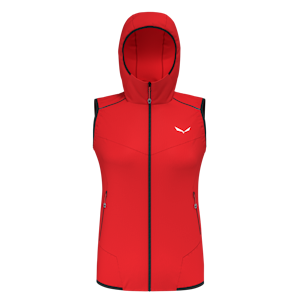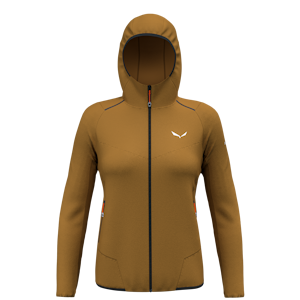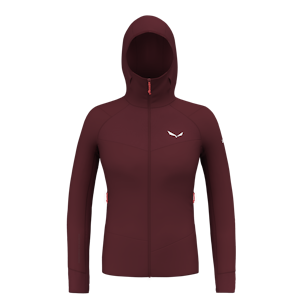Womens Outdoor Jackets
(49 Products)Nature is calling, are you ready to answer? Our selection of women's outdoor jackets will protect you from the unpredictability of the outdoors. Ultra light down jackets for women are stylish, reliable and weather-ready, these jackets with good layer-shirts and mid-layers give you the freedom to choose your own path. As your first line of defence against the elements, you can't afford to compromise on mountain jackets. Grab a pair of water resistant trousers and browse through our women's ski jackets for protection on the slopes. Match our women's softshell jackets to your hiking shoes for a comfortable afternoon excursion. Whatever outfit your adventure calls for, we've got you covered. The jackets below combine secure, warm and scientifically-proven fabrics with durability. The more comfortable you are, the more you can achieve memorable moments outdoors. You can even try GORE-TEX® textiles for waterproofing, windproofing, and breathability. Wherever your passions take you, make sure that your Salewa jacket goes with you.
- Mountaineering Jackets Women ▸ Do Mountaineering
- Trekking Jackets for Women ▸ Ready for Treks |
- Womens Climbing Jackets & Vests for Rock Climbing |
- Womens Ski Mountaineering Vests & Jackets |
- Black Outdoor Sports Jackets Womens |
- Womens Red Outdoor Sport Jackets ▸ Get it red |
- Womens Green Outdoor Jackets ▸ Green Hiking Jackets |
- Womens Blue Mountain Sports Jackets & Coats |
- Womens Grey Outdoor Sports Jackets ▸ Get it Grey |
- Brown Outdoor Sports Jackets for women |
- Womens White Mountain Sports Jackets |
- Yellow Outdoor Sports Jackets ▸ Get it yellow |
- Windbreaker Jackets for Womens ▸ Get it Windproof
- |
- Womens breathable Jackets ✓ Breathable Coats |
- Lightweight & Ultra-Light Jackets for Women |
- Womens Gore Tex Mountain Jackets |
What types of outdoor jackets are there?
There are hundreds of outdoor jackets to choose from but the best place to start is by thinking about what activities you want it for.
- Mountaineering – waterproof, windproof hardshell jacket that can be worn over the top of insulation layers but make sure the fit isn’t too loose so it gets in the way.
- Speed hiking – Moving fast & light, you’ll want a lightweight packable jacket built for weather resistance, comfort, and maximum breathability.
- Trekking – Waterproof, lightweight, breathable and comfortable, with good freedom of movement for mountains and trails.
- Alpine life – Here, it’s more about warmth, comfort and breathability. Light weight is a bonus but not necessarily essential and the styling depends on what you like.
- Ski Touring – Ski gear needs to be rugged and durable yet lightweight, as well as weatherproof. Consider ski-specific features like a helmet-compatible hood, ski pass pocket etc.
- Climbing – Full freedom of movement for high reaches and lightweight – with light weather protection too.
How to choose a women’s outdoor jacket?
Once you’ve considered the activity it’s for, the next thing to consider is the season you intend to use it in and the weather you expect.
- Rainy
Will it be very wet? Or can you get away with a light, packable rain jacket instead of a full-bore waterproof hardshell? - Cold
Here, it’s about insulation. Choose between naturally lightweight down or wool or synthetic fill. And a fleece jacket makes for a good extra layer of insulation. And don’t forget gilets – they’re a great option to retain core body warmth and take up less space in your pack. - Warmer
In warmer temperatures you can go for a more lightweight shell, or maybe a breathable softshell.
Is there a difference between men’s and women’s outdoor jackets?
Women’s bodies have a different shape to men’s and therefore jackets for women need to meet different requirements. The right fit is important, not just for the way it looks, but also for the functional performance of a jacket. Women’s outdoor jackets are shaped differently around the hips, waist and chest for a better fit. When it comes to insulation jackets, women tend to feel the cold more than men, and so there is often additional fill in a women’s jacket.
SALEWA® women’s jackets are known for their outstanding anatomical fit and ergonomic design. They are designed with a specific activity in mind and using free motion patterning and bodymapped insulation where appropriate – so they move with you and provide targeted warmth where it's needed.
What’s the best fabric for an outdoor jacket?
- Hardshell jackets with a waterproof membrane offer the best weather protection. These come in 2-layer, 2.5-layer and 3-layer constructions depending on the level of exposure you will encounter and for durability.
- Softshell jackets are ideal for high-intensity activities where breathability is needed and where weather conditions are more likely to be good.
- Insulation jackets can be made using natural down feathers, which has the highest warmth-to-weight ratio, but loses some of its performance when wet. So for damper conditions, synthetic insulation is better.
Wool/synthetic blends work well when wet and are moisture resistant and highly breathable.
How should my outdoor jacket fit?
When trying on an outdoor jacket, try to plan what other layers you are likely to wear for the activity you have in mind. If you want to add layers to a ski mountaineering jacket, for example, then make sure the fit is slightly more generous. For a climbing jacket, a more streamlined fit is better for your performance on rock and is also lighter weight. The length of a jacket (short, regular, longer cut) will dictate the level of protection it offers but a longer jacket will also increase the weight and bulk.


